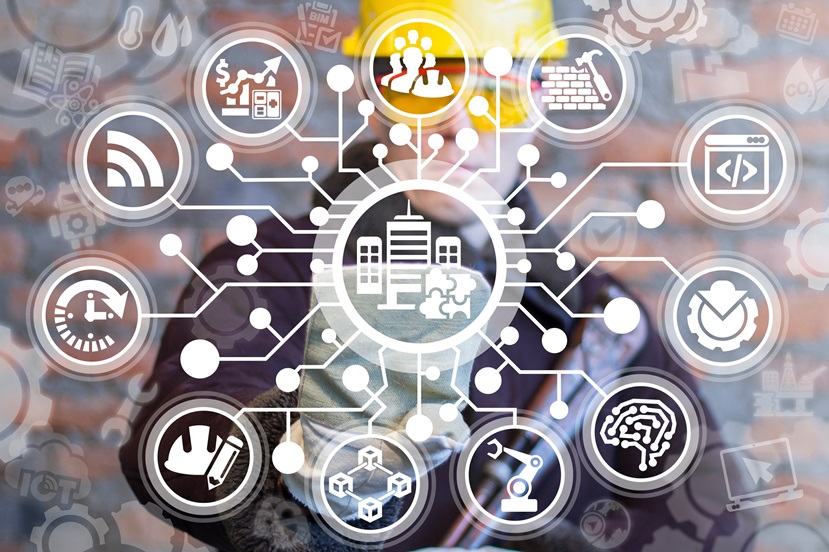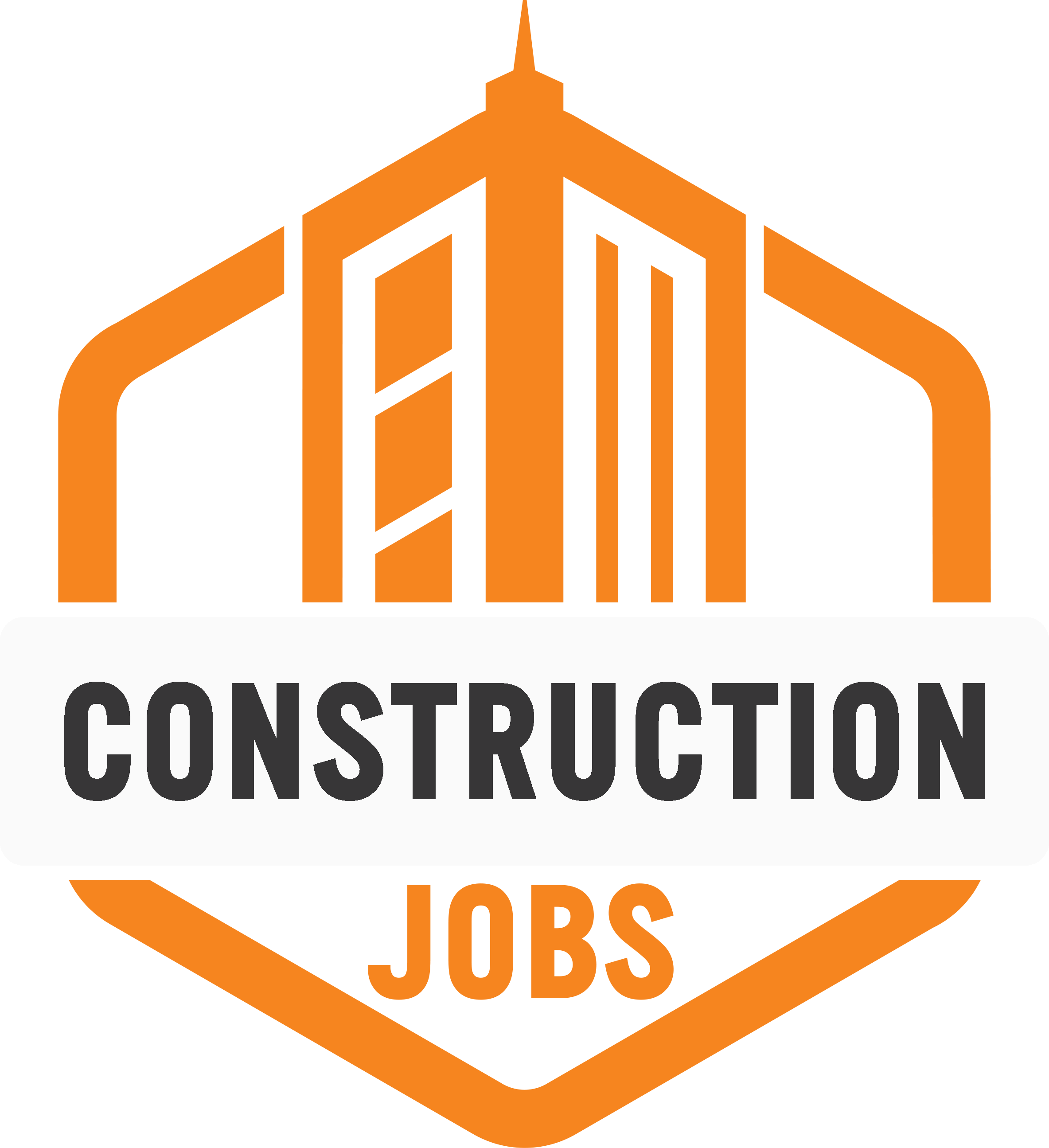Blockchain and the IoT Increasing Data Accuracy in Construction Management
Blockchain and IoT have improved construction management while also supporting sustainable manufacturing.

Over the years, significant strides have been made in the way we collect data to optimize construction logistics and support sustainable manufacturing. The introduction of the Internet of Things (IoT) has been a critical factor in this evolution, leading to the collection of ever-more granular data. This has included everything from factory production schedules and shipping and trucking routes to data collected directly from consumers.
The benefits of this more advanced data-collection system are undeniable, but it has also left factories, transportation systems, and even consumer data vulnerable to hacking from malicious sources.
This article will discuss specific areas where blockchain and IoT have improved construction management while also supporting sustainable manufacturing. We'll also look at how tech skills like cybersecurity and data analytics are becoming increasingly important in developing sustainable infrastructure.
Advancing Technology’s Impact on Construction Management
One area that the Internet of Things and distributed ledger technology have significantly impacted is the construction management process. The traditional way of managing construction projects involved a great deal of paperwork and data entry — with information often being duplicated or passed along manually from one party to another. This created opportunities for human error and for data to be lost or corrupted.
With the general global adoption of advancing technologies, much of this data is now being collected and processed automatically. Faster data collection and analysis are just some of the many benefits of incorporating technology into the construction industry. When used correctly, this data can be used to improve workflows, reduce human error, and create better future projections.
The IoT has also made it easier to ensure data accuracy over the years. In the past, data was often verified by a single individual who might not spot errors. With blockchain supporting and driving the efficiency of IoT interchanges, data is now verified automatically by multiple sources, making it less likely that inaccurate information will make its way into official records.
The Importance of Infrastructure Development in Manufacturing and Logistics
While the impact of blockchain and IoT on construction management is significant, the benefits of these technologies are not limited to the construction industry. They are having a significant effect on manufacturing and logistics as well.
In the manufacturing sector, these new technologies are being used in tandem to ensure data is accurately collected from factories. This data is then used to optimize production schedules and improve the efficiency of assembly lines. In addition, blockchain is being used to track the movement of goods through supply chains, ensuring that they arrive at their destination on time and in perfect condition.
As new developments in mobile connectivity and data management continue to be released to the market, many of these technologies are playing a part in streamlining manufacturing and logistics processes while reducing waste and minimizing environmental damage. This makes these essential tools for building a sustainable economy.
Infrastructure development is also becoming increasingly important when it comes to building and road construction, economic expansion projects, and city maintenance programs. Improved data analytics systems and cutting-edge technology help to address challenges like congested traffic lanes, inefficient city transit systems, and outdated roadways. As more relevant data is collected more quickly and accurately with the help of modernized infrastructures, organizations can make better-informed decisions on how to improve all aspects of their operations.
Understanding the Correlation Between Data Collection and Security
While organizations have continued to improve their data accuracy and data management processes as a whole, they have also faced unique issues of concern when it comes to increased data vulnerability. When data is collected and processed automatically, there is a greater risk of data breaches and cyberattacks.
When it comes to data security, technologies like the IoT are a double-edged sword. For one, they make it easier to collect data accurately and securely. But, on the other hand, they create a larger attack surface that hackers can exploit. This can come in the form of data being stolen or corrupted or critical systems being brought down by a cyberattack.
Some of this can also be due to user error such as security fatigue, which can occur when workers are exhausted from an excessive amount of security measures and are lax with their own cybersecurity practices. To avoid this, employers should aim to streamline their cybersecurity processes without compromising on effectiveness. Using passwordless authentication methods, using AI to scan systems for fraudulent activity, and having strict identity control procedures for business accounts can keep construction businesses safe without over-relying on employees.
In addition, the right training and skill sets can go a long way in this industry. Tech skills like coding, data collection/analysis, and problem-solving are becoming vital to construction management while also supporting the business's security needs. In addition, cybersecurity skills are also becoming essential as businesses in all industries look for ways to maximize their productivity and efficiency while still reducing their attack surface. By building a data-driven infrastructure and hiring the right team, organizations can protect themselves from the potential dangers of adopting modern technologies.
In Summary
Advancing technologies like the IoT and blockchain significantly impact how data is collected and processed. In the construction industry, they are being used to improve data accuracy and streamline the management process. In manufacturing and logistics, they are used to ensure data accuracy, optimize production schedules, and track goods through supply chains. And in data analytics, they are being used to make sense of big data and gain valuable insights into business operations.
At the same time, these newer technologies can present several security risks that organizations need to be aware of. However, by hiring the right team and building a data-driven infrastructure, businesses can protect themselves from these dangers and take full advantage of the benefits newer technologies have to offer.
- Share This →

